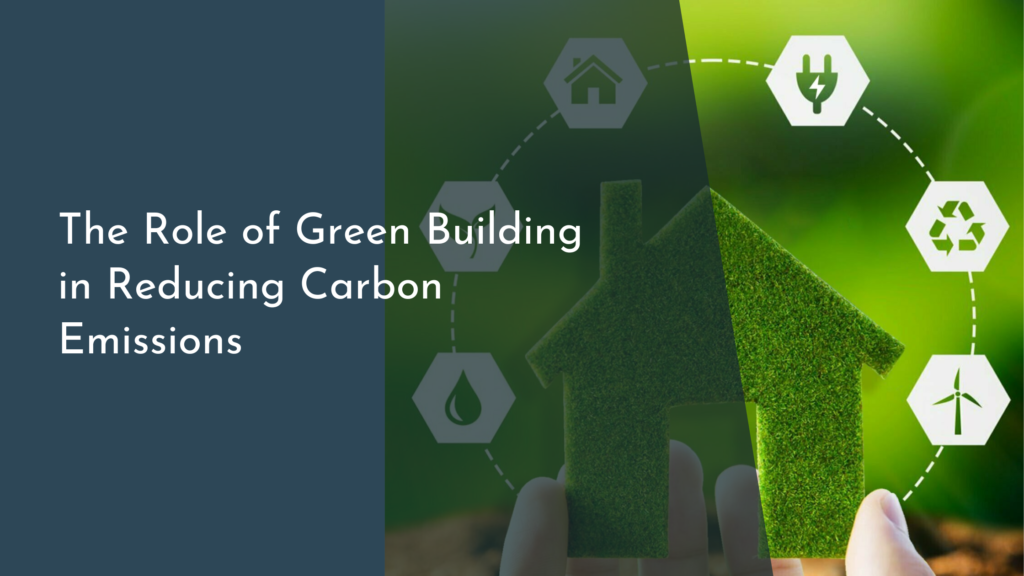Rainwater Utilization for Restoring Dried-Up Lakes and Reservoirs
As the world faces increasing challenges related to water scarcity and climate change, innovative solutions are needed to combat the effects of drought and restore essential water bodies. One such solution is the utilization of rainwater, a resource that is often overlooked yet holds immense potential for revitalizing dried-up lakes and reservoirs. By harnessing this natural gift, we can not only rejuvenate our ecosystems but also promote sustainable practices that benefit both the environment and local communities. This article explores the power of rainwater, innovative techniques for its collection, the transformative impact it can have on landscapes, and the myriad benefits of utilizing this precious resource.
Harnessing Nature’s Gift: The Power of Rainwater
Rainwater is a natural resource that can provide a sustainable solution to water scarcity issues affecting many regions across the globe. With an estimated 2.5% of the Earth’s water being freshwater, the significance of harnessing rainwater cannot be overstated. During rainy seasons, substantial amounts of water fall on urban and rural landscapes alike, yet much of it is lost to evaporation or runoff. Capturing and storing this rainwater can play a pivotal role in replenishing dried-up lakes and reservoirs, thus supporting local ecosystems and biodiversity.
Moreover, using rainwater helps mitigate the effects of flooding and erosion. By redirecting rainwater into designated reservoirs or lakes, communities can manage excess rainfall more effectively, reducing the risks associated with stormwater runoff. This dual function of rainwater management—restoring water bodies while preventing damage from flooding—highlights its exceptional power as an eco-friendly resource. Communities around the world are beginning to recognize this potential, and innovative practices are emerging to ensure that rainwater can be utilized effectively.
Innovative Techniques for Effective Rainwater Collection
To make the most of rainwater, various innovative techniques for collection have been developed. One of the most common methods is the installation of rainwater harvesting systems, which can be implemented in both urban and rural settings. These systems typically consist of gutters, downspouts, and storage tanks that collect rainwater from roofs and direct it to holding tanks. Smart design elements, such as filtration and first-flush diverters, ensure that the water collected is clean and usable for various applications, including irrigation and groundwater replenishment.
Additionally, permeable pavements and green roofs are gaining popularity as sustainable infrastructure solutions that facilitate natural rainwater collection. Permeable surfaces allow rainwater to seep through and be absorbed into the ground, replenishing aquifers and supporting soil health. Green roofs, on the other hand, capture rainwater on their vegetation, which can then be used to nourish plants, reducing the need for additional irrigation. These innovative techniques not only maximize rainwater capture but also promote environmental sustainability and resilience against climate change.
Transforming Landscapes: Restoring Water Bodies with Rain
Restoring dried-up lakes and reservoirs through rainwater utilization can have a profound impact on local landscapes. By strategically channeling harvested rainwater into these water bodies, we can help rejuvenate their ecosystems, allowing flora and fauna to thrive once more. This restoration process not only benefits wildlife but also enhances recreational opportunities for local communities, such as fishing, boating, and birdwatching, fostering a connection to nature.
The transformation of these landscapes also has positive implications for climate regulation and biodiversity. A restored water body equates to a more balanced ecosystem where native species can flourish, leading to increased carbon sequestration and improved air quality. As the water body refills, it acts as a natural sponge, absorbing excess rainfall and mitigating the impacts of floods. The rejuvenation of dried-up lakes and reservoirs, therefore, is not just an isolated environmental effort but a holistic approach to enhancing the overall health of our planet.
A Brighter Future: Benefits of Rainwater Utilization
The benefits of rainwater utilization extend far beyond simply replenishing dried-up lakes and reservoirs. Economically, rainwater harvesting can reduce the costs associated with traditional water supply systems and decrease the demand on municipal water sources. Communities that invest in rainwater collection systems can experience lower water bills and increased independence from fluctuating water prices. This financial relief ultimately empowers residents to allocate resources toward other critical areas such as education, healthcare, and infrastructure.
Socially, rainwater utilization fosters community engagement and awareness about water conservation. As people become more involved in rainwater harvesting initiatives, they develop a deeper understanding of their natural environment and the importance of sustainable practices. This collective effort can lead to stronger community bonds and a shared commitment to protecting local ecosystems. In the end, harnessing rainwater for restoring dried-up lakes and reservoirs not only represents an optimistic step towards a sustainable future but also enriches the lives of those who cherish and depend on these vital resources.
In conclusion, rainwater utilization presents a promising avenue for addressing water scarcity and restoring dried-up lakes and reservoirs. By harnessing this natural resource through innovative techniques, communities can breathe new life into their landscapes, benefiting both the environment and the people who inhabit it. As we embrace the potential of rainwater, we take significant strides towards a brighter and more sustainable future, where nature and humanity can coexist harmoniously. Let us continue to celebrate and invest in this precious gift from the skies, ensuring that our ecosystems flourish for generations to come.

